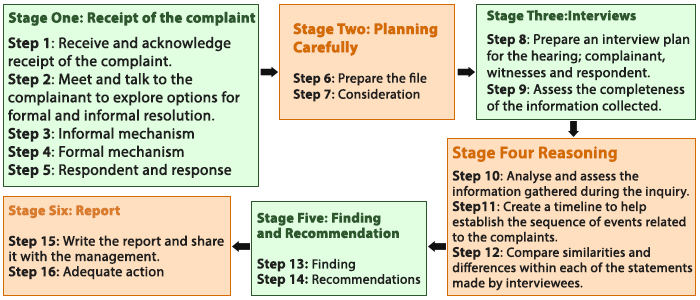The Tulsi Public School Prevention of Sexual Harassment Policy (POSH) has been designed and formulated to provide a safe and secure environment to the staff. It aims to change mindsets and attitudes by creating awareness about what contributes to sexual harassment and the steps that can be taken to address it.This policy serves as an important tool to make schools safe and benefit the staff.
- To provide a basic understanding of sexual harassment at places of work.
- To Prohibit Prevent and Redress the problem of sexual harassmentTo protect against sexual harassment of staff in school and for prevention and redressal of complaints of sexual harassment and matters connected.
- To set forth the expectations of conduct and mutual respect at the school with a focus on the prevention of sexual harassment in the process of complaint if these expectations are not met or violated.
- To establish and communicate that the school is committed to providing a work environment that is free from discrimination and harassment in any form.
THE SEXUAL HARASSMENT COMPLAINT PROCESS

Stage One: Receipt of the complaint
Step 1: Receive and acknowledge receipt of the complaint.
Step 2: Meet and talk to the complainant to explore options for formal and informal resolution.
Step 3: Informal mechanism
Step 4: Formal mechanism
Step 5: Respondent and response
Stage Two: Planning Carefully
Step 6: Prepare the file
Step 7: Consideration
Stage Three: Interviews
Step 8:
Prepare an interview plan for the hearing; complainant, witnesses and respondent.
Step 9:
Assess the completeness of the information collected.
Stage Four: Reasoning
Step 10:
Analyse and assess the information gathered during the inquiry.
Step11:
Create a timeline to help establish the sequence of events related to the complaints.
Step 12:
Compare similarities and differences within each of the statements made by interviewees.
Stage Five: Finding and Recommendation
Step 13: Finding
Step 14: Recommendations
Stage Six: Report
Step 15: Write the report and share it with the management.
Step 16: Adequate action
